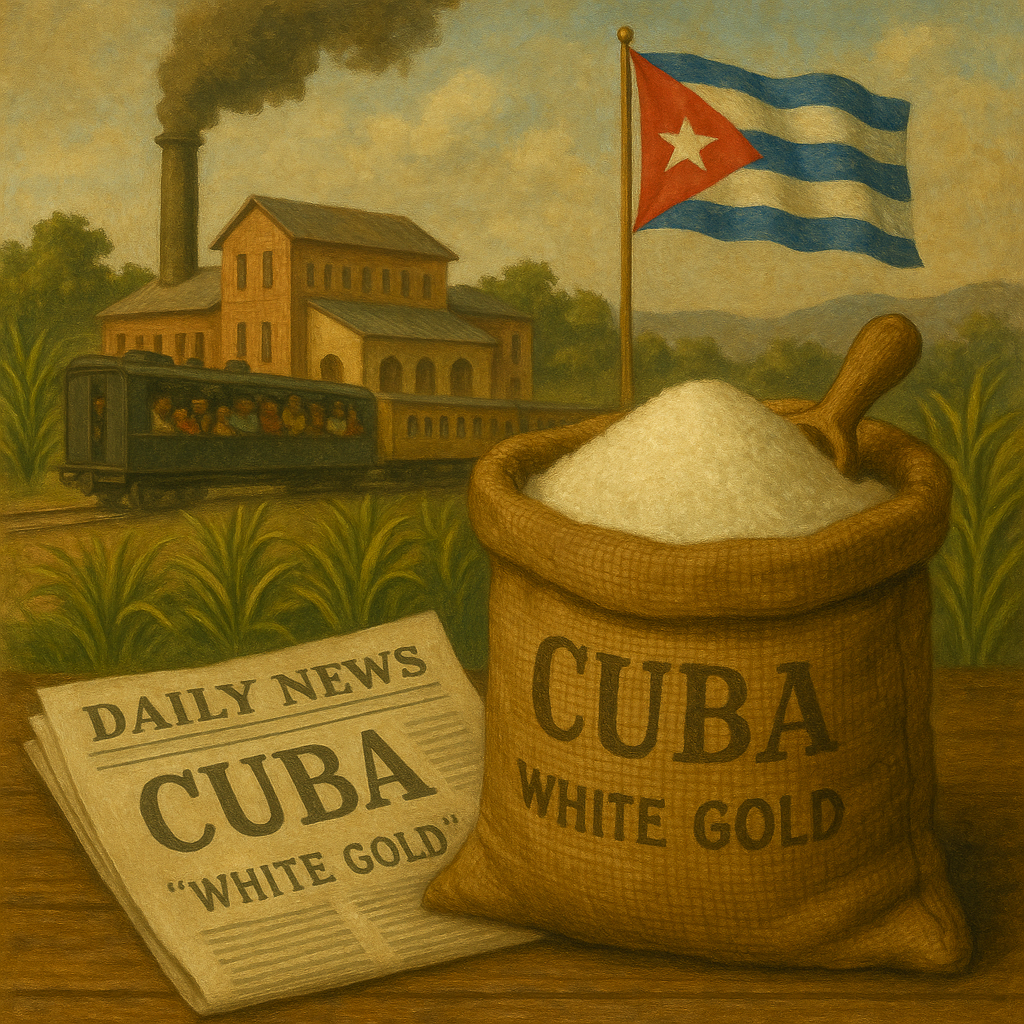Lesson 4: The Spanish-American War (Industry and Imperialism)
Spain’s Colonies in the Caribbean and the Pacific
In the late 1800s, Spain still controlled a few colonies, including:
Cuba and Puerto Rico in the Caribbean
The Philippines and Guam in the Pacific Ocean
But these colonies were changing. The people living there wanted freedom and self-rule. In Cuba, a fight for independence began. Many Americans supported the Cuban people and wanted to help.
📖 Story: A Cuban poet and fighter, José Martí, once said, “To die for your country is to live forever.” He helped start the revolution, and when he died in battle, children in Cuba grew up learning his poems in school as a national hero.
📖 Fun Fact: Sugar was a big reason for interest in Cuba. American newspapers called it “white gold” because the sugar trade was so valuable. Some U.S. businesses wanted Cuba to be free from Spain so they could trade more sugar!
💥 War Erupts
In 1898, a U.S. warship called the USS Maine exploded in Havana Harbor. The ship had come to protect American citizens in Cuba. Over 260 American sailors died.
People in the U.S. were angry. The newspapers printed big headlines like:
“Remember the Maine! To hell with Spain!”
Even though no one knew what caused the explosion, the U.S. declared war on Spain.
📖 Story: Famous writers like William Randolph Hearst used the newspaper to stir up public emotions. He once said to an artist in Cuba, “You provide the pictures, I’ll provide the war.” This was an example of yellow journalism, where stories were made more exciting—even if not all true.
🚢 The War Across Two Oceans
The war was short—just four months—but it took place across the world, in both the Caribbean and the Pacific.
📖 Story: In the Battle of Manila Bay, U.S. Commodore George Dewey told his fleet,
“You may fire when ready, Gridley.”
That line became one of the most famous quotes in U.S. Navy history. The Americans sank the Spanish fleet in just a few hours—with no American deaths in the battle!
📖 Fun Fact: In Teddy Roosevelt's Rough Riders, a group of cowboys, Native Americans, and Ivy League athletes joined together to fight in Cuba. They wore hats, boots, and carried rifles—many had never seen war before. Roosevelt himself charged up San Juan Hill on a horse, shouting orders like in a movie!
🗺️ The United States Gains Territories
After the war, Spain gave up its remaining colonies. In the Treaty of Paris (1898):
Cuba became independent, but the U.S. stayed involved
The U.S. took control of Puerto Rico, Guam, and the Philippines
The United States now had an empire overseas.
📖 Story: In the Philippines, Emilio Aguinaldo first helped the U.S. fight Spain. But after the war, the U.S. stayed. Aguinaldo said, “You promised freedom, but you gave us new rulers.” He then led a new war—this time against the U.S. It was a painful fight and lasted several years.
📖 Fun Fact: Some Americans believed having colonies was wrong. A group called the Anti-Imperialist League included people like Mark Twain, who said:
“I am opposed to having the eagle put its talons on any other land.”
